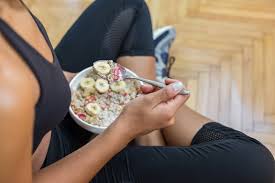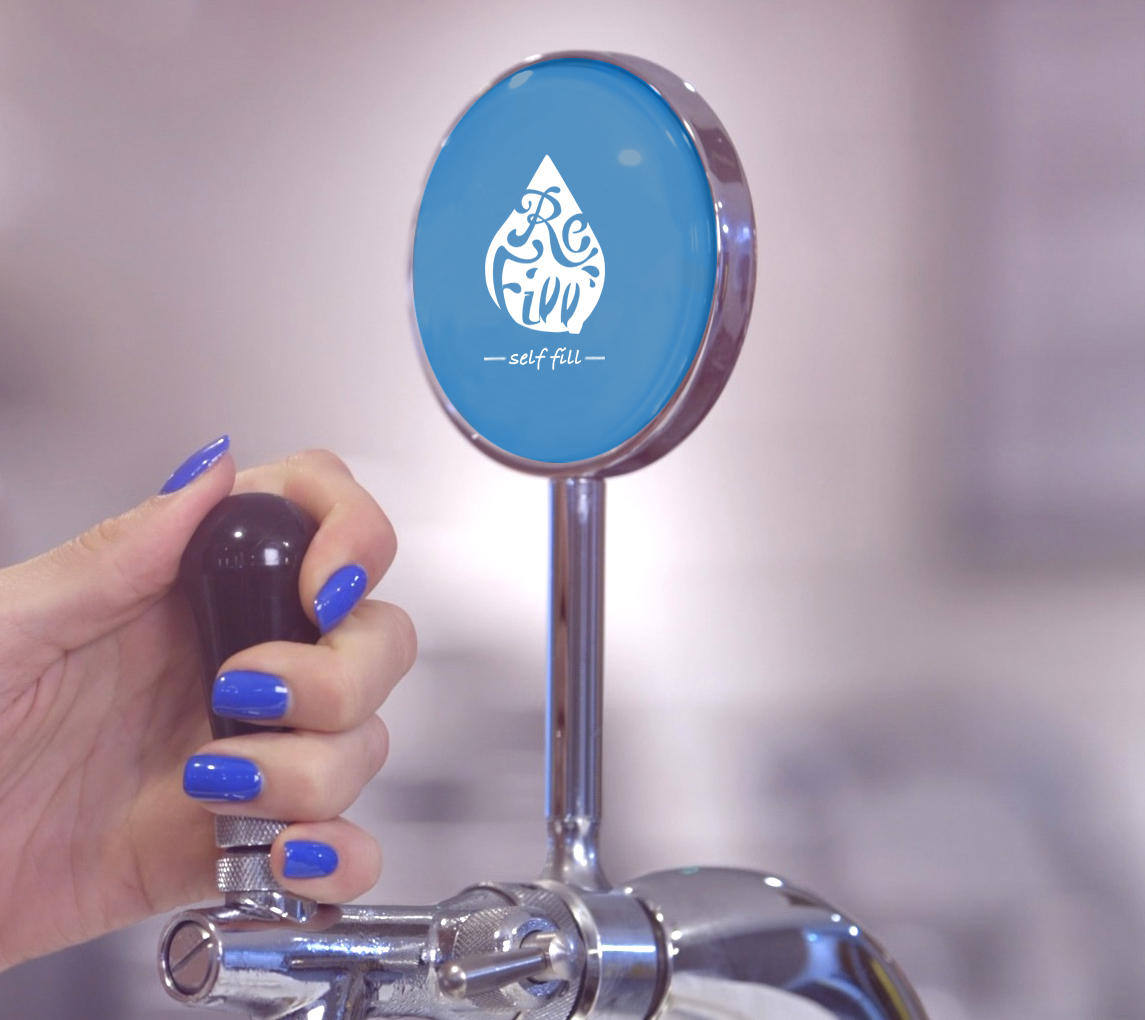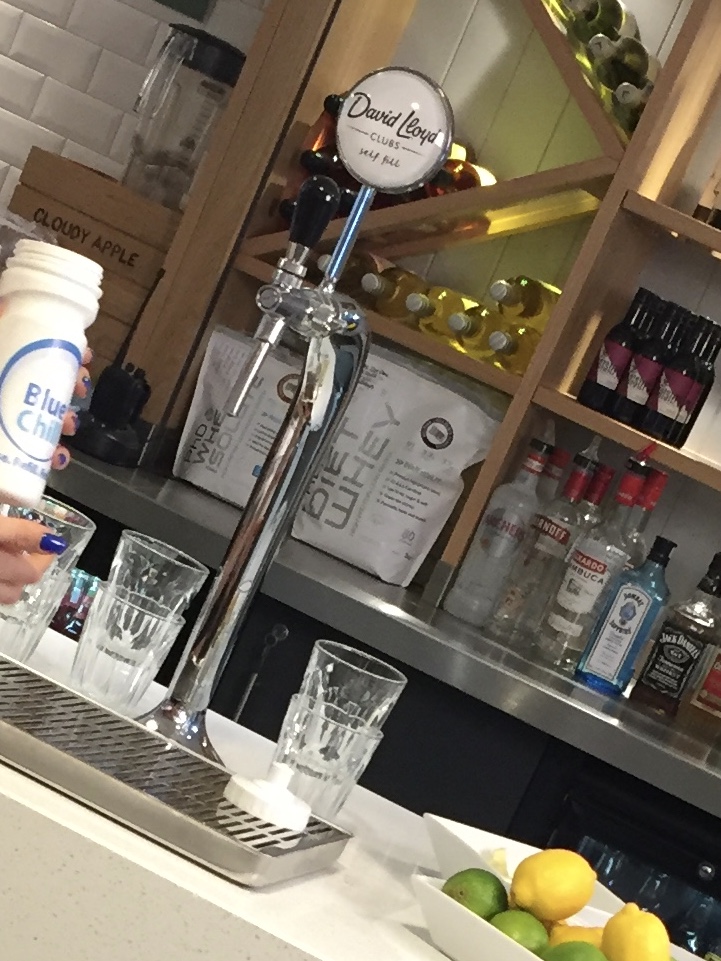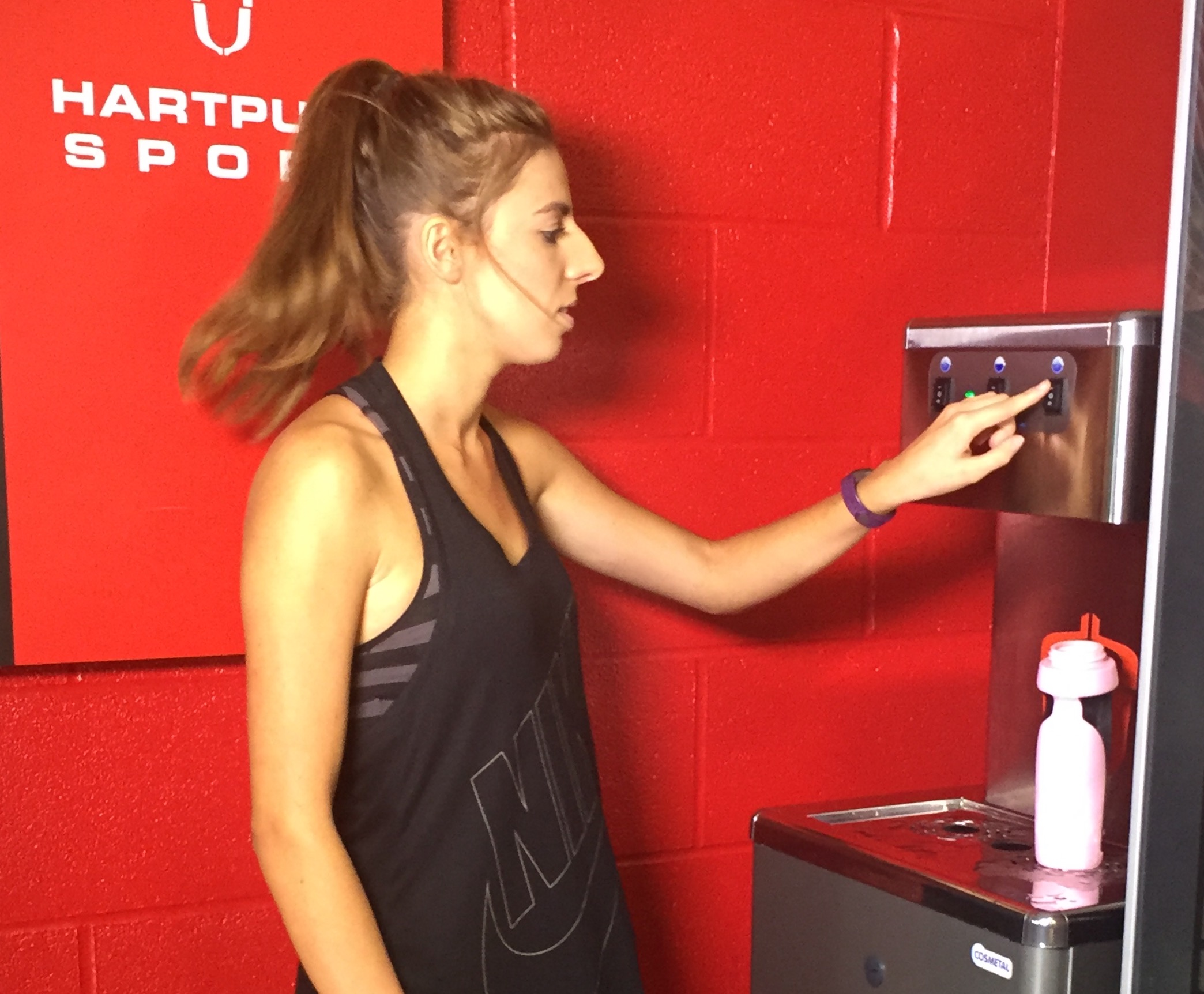Why hydration during exercise is important
As Dry January 2020 comes to an end and our commitment to being healthier peaks, what better way to feel fitter and improve your wellbeing than starting or indeed increasing your exercise regime - on your own, with a friend or as part of a sports team.
According to the NHS, it’s not only good for us but also a great stress buster and whose mind isn’t boggling this week as we approach Brexit!
So after a session of exercise, what is the scoop and best practice regarding hydration and eating?
Hydration is important
When you exercise, your body sweats to regulate your body temperature, meaning you don't continue to get hotter and hotter. Your body is smart and it starts to sweat as a cooling mechanism. This happens even when it’s cold.
It’s very important to replenish this sweat loss, as dehydration can lead to cognitive impairment (not good if you’re at work or driving home), cardiac stress, and inability to reduce core body temperature, even unconsciousness, hypothermia and more in its extreme.
Thirst is a sign of dehydration and should be addressed immediately. If you’re thirsty, you are already 2-4% dehydrated and 2% dehydration can reduce your physiological output by up to 20%.
What happens if we don’t drink enough?
In addition to the above, one key thing to pick up on is your blood changes in viscosity, meaning your blood gets thicker. So the heart has to work harder to pump the blood around the body putting undue stress on the heart muscle.
We are 70% water, so 2 to 4% of a 60kg female would be up to 1.7L of water. With this loss, the body can cope but key bodily functions will be impaired and slowed down.
How much should we drink during exercise?
1.6L per day is the NHS guidelines for women, if you're active or work in warm conditions this should be increased. Some health experts advise to aim for 2.5L at least and especially more on those days that they workout harder.
Good advice says we should drink 500ml pre-exercise and then 150-200ml every 15 minutes to stay hydrated throughout the session. Followed by 1.5L of fluid after exercise for every 1kg of body weight lost.
These are generic recommendations and all fluid guidelines are dependent on the individual, so monitoring urine colour (keep it light) and body weight changes on workout days should offer a more exacting guide.
For exercise over an hour, you should opt for some sodium to be replaced too; electrolyte tablets are a great way to hydrate and don't have added sugar and are readily available.

What should we eat?
After hydration recovery comes food and the most important nutrient after exercise is protein. Foods that are high in protein are particularly important, such as milk, whey protein shakes; tuna, chicken or eggs are equally as good.
After protein, the next more important aspects of recovery are the carbohydrates stored in the muscle (glycogen). This is one reason why milk is often used as it replaces protein, carbohydrates and water all at once! However, the carbohydrate portion can come from many different sources such as fruit e.g. bananas or something as simple as rice!
Of course, the amount of carbohydrate or water you need depends not only on your body weight but also the amount of exercise you did. Eating protein initiates the recovery of damaged muscles and is the key player in adapting to the exercise and getting 'better', which is the whole point of training!
Eating carbohydrates and rehydrating is particularly important, simply so that you can go about your normal daily routine as well as complete and enjoy your next exercise session!

Refill revolution
Having access to chilled and filtered water at home, in the office or at your local health club is vital.
Check out our range of water coolers and drinking water fountains. Plumbed in water dispensers provide a sustainable way to stay hydrated while refilling a reusable bottle and cutting single-use plastic pollution. It’s called the refill revolution and makes for a healthier environment as well as a healthier you!
Calling all heath club owners, we have some great experience and customers in this sector providing coolers, fountains and counter taps in the gym and customer areas for chilled and filtered water for clients. You can brand your water dispenser too so it looks just the part!





